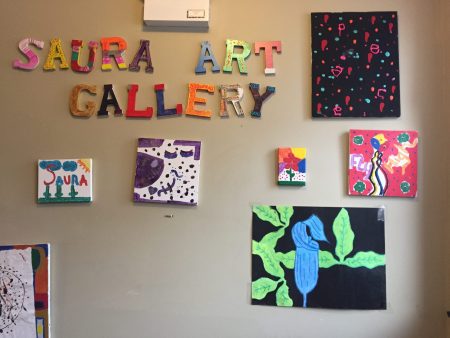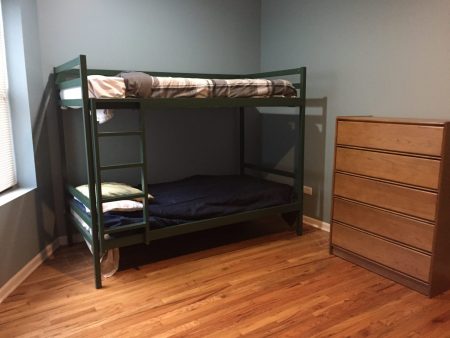How do people live their lives each day surrounded by violence?
How is it fair that city violence is breaking news in newspapers and television news stations, but those who work diligently and endlessly to halt acts of violence don’t get any media coverage at all?
That’s pertinent to our issue — bringing a positive light to those working to end violence and to break stereotypes.
The staff of this magazine also had a mission to dig deeper into stories to find the human connection. From an organization serving school children, to a South Side Rapper/Music Director, to a retired Chicago police officer, to a pediatric emergency room/ child abuse doctor at one of the city’s busiest children’s hospitals, we found those human connections.
We traveled to the neighborhoods most affected by the violence: West Garfield Park, Englewood, Hyde Park, Austin and more. Through the interviews, photographs and videos, our staff remained dedicated and professional.
Throughout the design process, we found ways to illustrate these stories clearly and effectively. We used photographs, data and other graphics to bring the people, organizations and neighborhoods to life on each page.
What we found is bigger than just the stories in this magazine. With the city facing what can be considered to be a crisis, individuals and organizations across the city are dedicating their time and talents to service that promotes justice.
Here at Loyola we don’t just commend that behavior, we strive to live it through cura personalis, or caring for the whole person. This value is one of the five we are taught from day one on campus.
In the end, this experience has taught us more about reporting and opened our eyes to the people at the heart of Chicago. These lessons aren’t taught in the classroom but out of it, and because of this experiential learning opportunity, we are extremely grateful.
Without all of our dedicated reporters, photographers and designers this magazine would not have been possible. We also would like to thank our professors, John Slania and Jessica Brown for their guidance.
Sincerely,
BLAKE KELLER AND AMANDA MCDONALD







